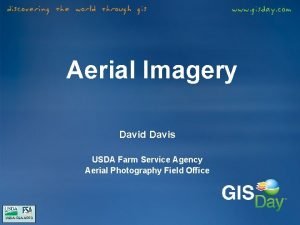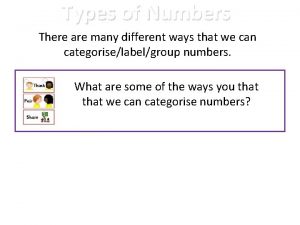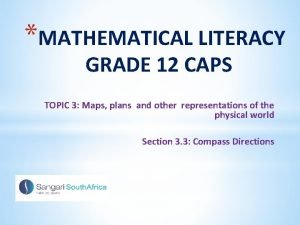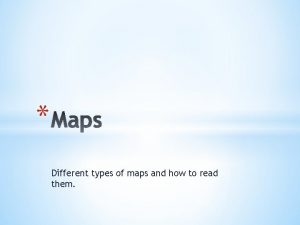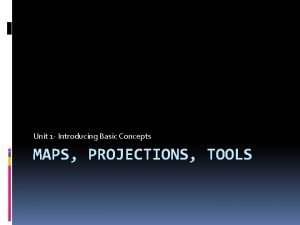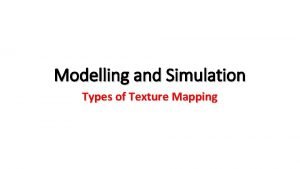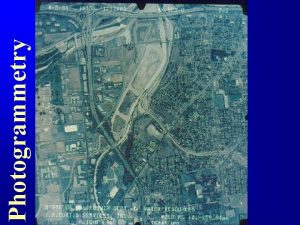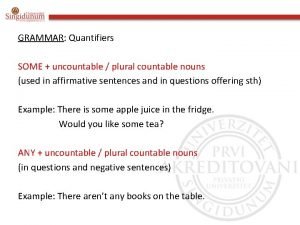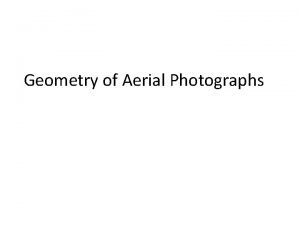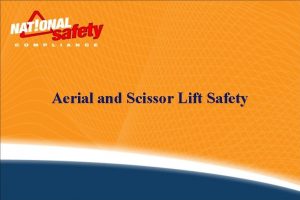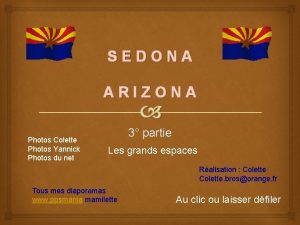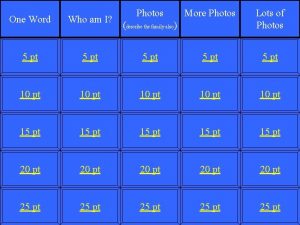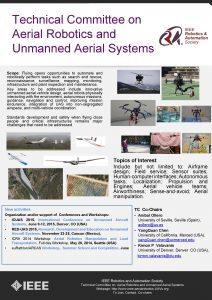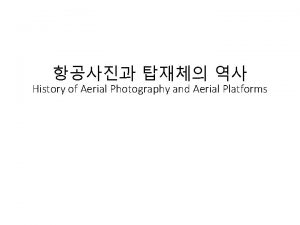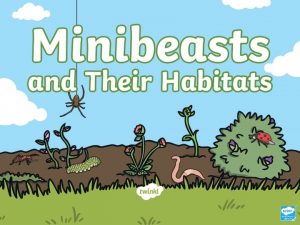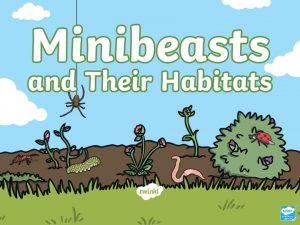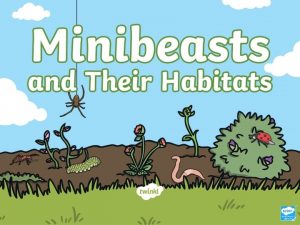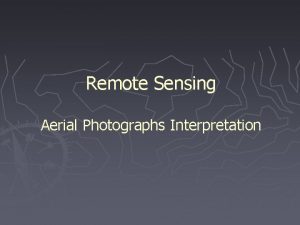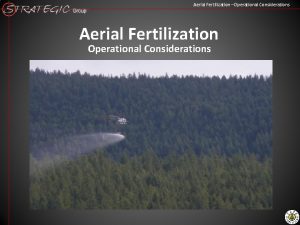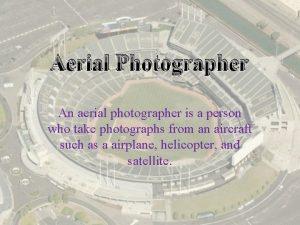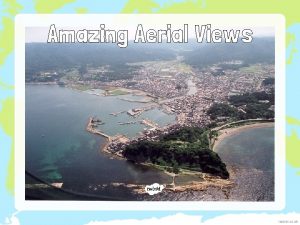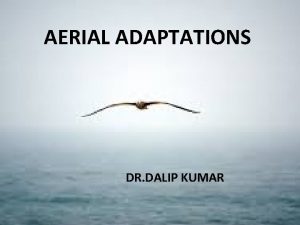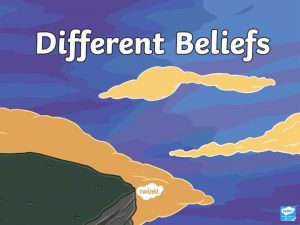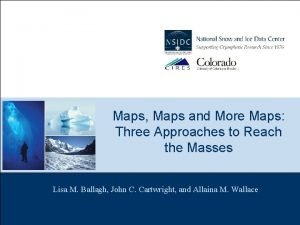Maps and Aerial Photos There are many different
























- Slides: 24

Maps and Aerial Photos There are many different kinds of maps • Geopolitical • Topographic • Shaded Relief, Photorectified or Standard • Geologic • Ecosystemic • Meteorological • Climatological And many other types. New map types are facilitated by use of powerful GIS (Geographic Information Systems) software.

Maps and photos All maps have common elements • Scale • distance on the map equal to distance in the real world • Legend • What the symbols on the map represent • Coordinate system • Latitude Longitude; Township & Range; UTM • Orientation info • Which way is north south east and west

Scales • Verbal- words used to convey map distance / real world distance equivalencies • e. g. , one inch equals four thousand feet • Graphic- usually a bar or line with calibration marks that indicate map distance real / world distance equivalencies • Fractional - the numeric UNITLESS ratio of map distance to real world distance equivalencies 1: 40, 000 Note- NO UNITS until you assign them

Legend- a window that shows all the symbols used on the map. It commonly also includes scale, title, and orientation information

Coordinate Systems Latitude / Longitude- based on 360° circle coordinate system with Equator and Prime meridian as the respective index lines Commonly given as decimal degrees (38. 6466° N, 98. 3456° W), degrees with decimal minutes (38° 36. 32’ N, 98° 18. 2’ W) or degrees minutes and seconds (38° 36’ 18” N, 98° 18’ 12” W) Prime meridian North Equator South

Coordinate systems UTM- a coordinate system based on a 1000 meter grid with the center of of each zone as the alignment point of the grid cells UTM coordinates might read 16 S 0455680 E 4268326 N

Coordinate systems Township Range a coordinate system based on a numeric grid

Common Maps used in the geosciences Topographic maps Contour lines represent vertical elevation with reference to sea level (zero elevation) they are isometric lines of what ever they are representing, in our case elevation Contour intervals are 5, 10, 20, 50 or 100 foot intervals Index contours are labeled and thicker Contour lines never cross or touch They “V” when they cross a stream channel, with the point of the “V” in the upstream direction They can create closed shapes on the map can represent either a hill or a depression Frequently used to make topographic profiles

Aerial Photos Frequently need to know the fractional scale on stereo photos Must compare photo area to map of the same area with known scale to determine the scale of the photograph Photo distance (mm) = Real distance as determined from map (Km) Then convert the above numbers to a unitless ratio Photo distance (mm) / Real world distance (mm)

Geological maps Usually indicated by numerous colors used to identify various geological units systems groups formations members Contacts are indicated by lines with varying degrees of certainty by solid or dashed lines Also indicate location of geological structures faults folds intrusions dikes and sills




0° 270° 90° 180° 0°N 90° W 90° E 0°S

Overlaying vector based maps to create derivative maps Color is attribute as is alphabetic designation

Layers of geographic information, which in turn can create new layers of data


Soils layer

Land Use Layer

Topographic layer

Watershed boundaries layers

Tiger file layer

Point specific layers Weather stations Point source pollution

GIS
 Insidan region jh
Insidan region jh Aerial photos of my house ireland
Aerial photos of my house ireland Willimantic ct map
Willimantic ct map Usda aerial photography
Usda aerial photography How many different rocks are there
How many different rocks are there Lots of sports
Lots of sports Language
Language Green number
Green number There are many kinds of sport
There are many kinds of sport How many different types of bread are there
How many different types of bread are there How many different boolean functions of degree n are there
How many different boolean functions of degree n are there There are many different kinds of sports
There are many different kinds of sports Maps reittihaku
Maps reittihaku Mosfilm is the centre of the russian
Mosfilm is the centre of the russian Types of maps in mathematical literacy
Types of maps in mathematical literacy Mathematical literacy grade 11 assignment 2 maps and plans
Mathematical literacy grade 11 assignment 2 maps and plans Different types of maps
Different types of maps Grade 12 maths lit maps and plans
Grade 12 maths lit maps and plans Different types of maps in human geography
Different types of maps in human geography Texture mapping types
Texture mapping types Endlap and sidelap
Endlap and sidelap There is and there
There is and there There is ve there are
There is ve there are Sightseeing countable or uncountable
Sightseeing countable or uncountable There are many proverbs about friends and friendship
There are many proverbs about friends and friendship



